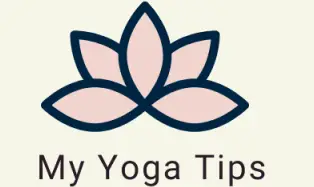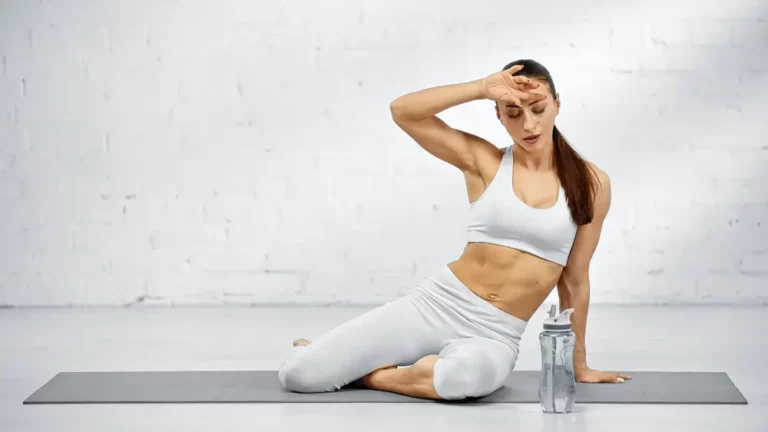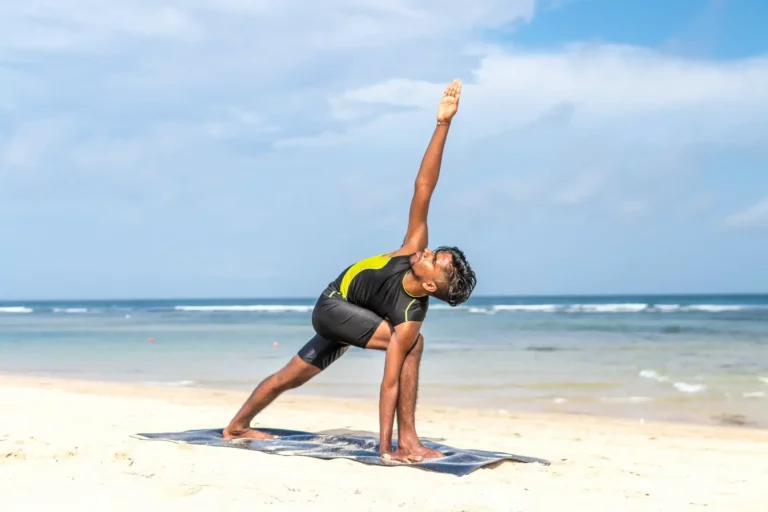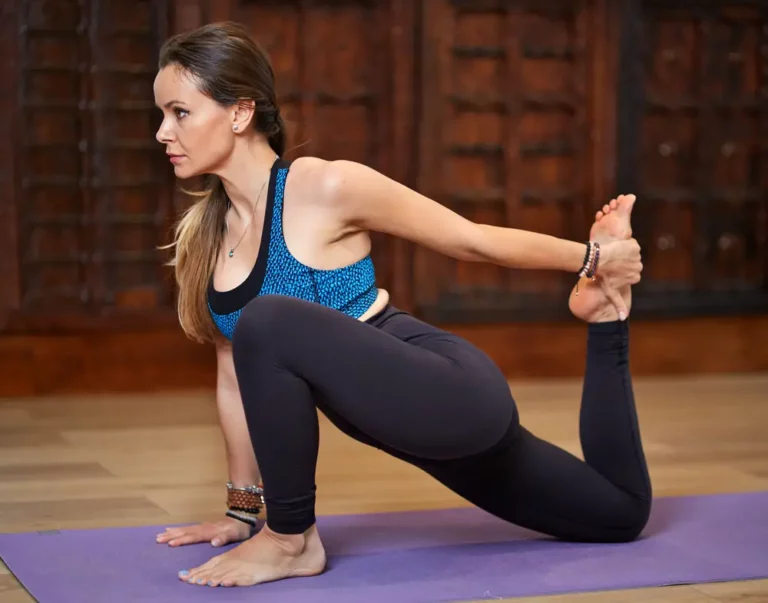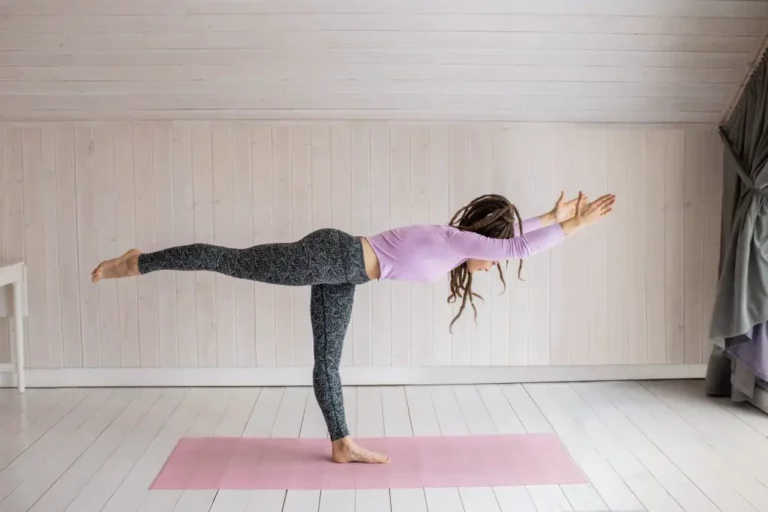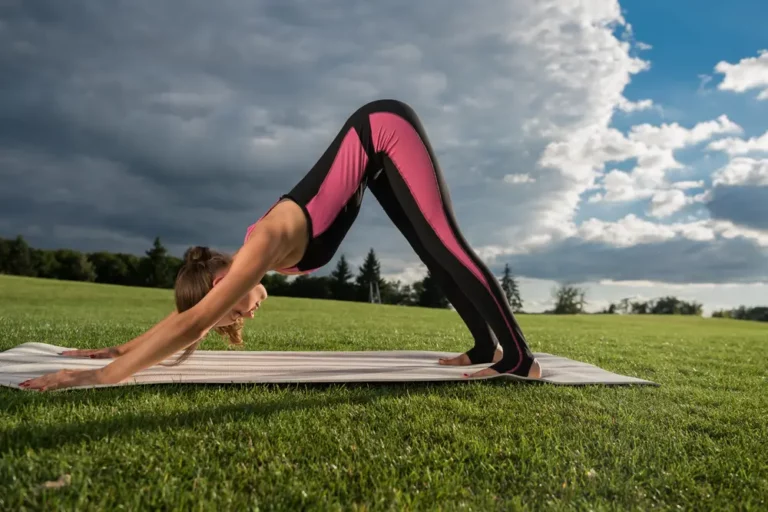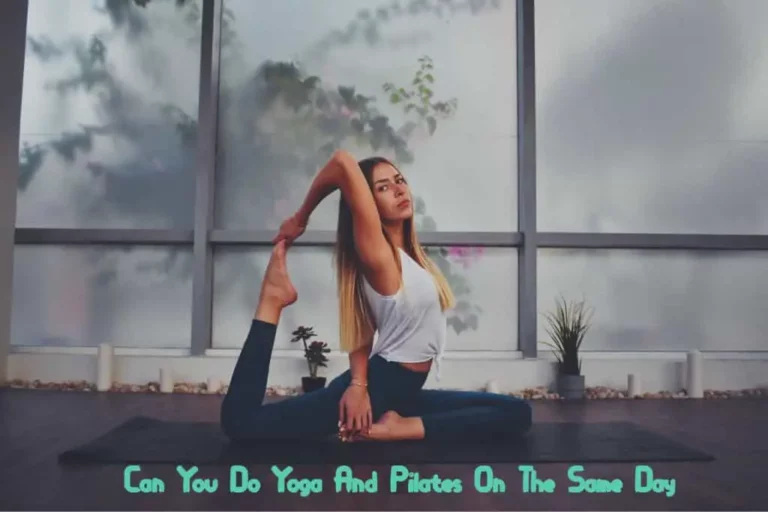Is It Normal To Feel Anxious After Doing Yoga?
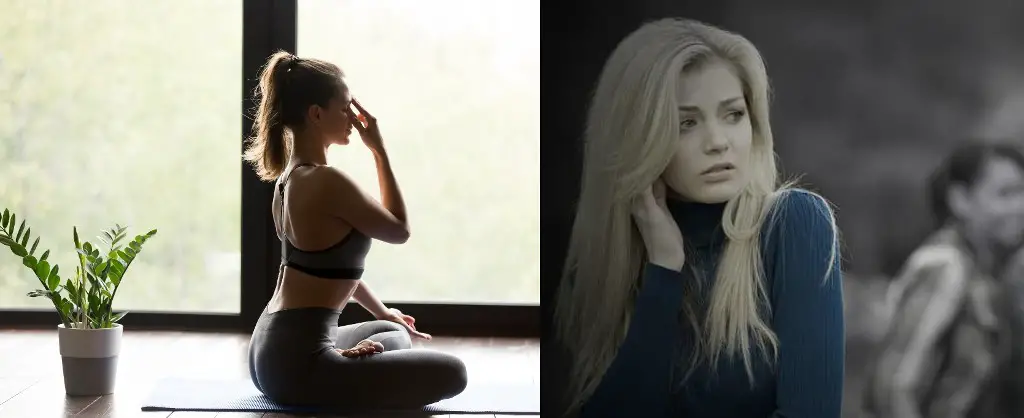
Yoga is known for being a relaxing physical practice that stretches and soothes the muscles, joints, tendons, and ligaments and pacifies the mind. However, some practitioners have reported feeling confused, frustrated, and anxious after a solid yoga session. Is this normal?
It is normal to feel anxious after yoga because sometimes yoga can help us access parts of the mind where we store negative feelings such as anxiety. Yoga forces your mind to be still, and in this stillness, the subconscious becomes active, bringing up emotions like anxiety.
In this article, we’ll explore why some people feel anxious after a yoga session, how this can be a good thing, and a few postures to include in your practice to reduce anxiety.
Reasons Why Yoga Can Bring Up Feelings of Anxiety
While yoga is considered an art and spiritual practice, it’s also based on certain principles and has been studied as a science since the 19th century to figure out how practicing it impacts the body.
The main reason yoga brings up anxiety isn’t because the practice is designed to stimulate this emotion. Instead, yoga only reveals what is inherent within the practitioner. So if you’re feeling anxious after a yoga session, it’s because the anxiety was there to begin with.
Here are a few reasons why yoga can bring up feelings of anxiety.
Unblocks the Root Chakra
Yoga is rooted in an energetic system that governs the body, with seven chakras (energy centers) sitting on top of each other. The first energy center is at the base of your spine, and the final one is located on the crown of your head, with five other chakra centers in between.
The first chakra, also known as the Muladhara chakra (meaning the root of existence), deals with basic physical needs like water, food, and shelter. This chakra is also responsible for our sense of grounding and being fearless.
We often don’t notice anxiety in our daily lives because we’re too distracted. However, this anxiety doesn’t vanish and instead gets stored in our root chakra or pelvic area.
When we perform hip opening movements, the tightness in our hips is released, and with it, we remove any buildup of emotions here. As anxiety and fear are predominantly stored in the hips, specific asanas can trigger the release of these emotions, leading to anxious feelings after your practice.
And like your hips and lower back, different body parts may store painful emotions or trauma from the past, all of which are released when you move through a yoga practice.
Quiets Intrusive Thoughts
Most humans are addicted to thinking, and thoughts are the most subtle and readily available form of distraction in the modern world. We are often so preoccupied with thoughts that we suppress emotions that may naturally arise during the course of the day.
The practice of yoga helps to center the mind and quiets the obsessive thinking that typically plagues the brain. And while it’s crucial to have these moments of silence, this neutral state is also the perfect setting for unacknowledged emotions to surface.
Most of the time, we experience anxiety about certain parts of our life that are removed from our conscious awareness. By quieting the mind, yoga creates a space for these thoughts and feelings to arise without resistance, leading to the anxiety you experience after practice.
Forces You To Focus
This point ties into the previous point about yoga’s emphasis on being in the moment. Aside from intrusive thoughts, we also tend to stay pretty busy in our everyday lives. This busyness takes many forms, like scrolling through social media, binge-watching Netflix shows, or rushing to finish a project at work.
When you step onto your mat for asana practice or sit down to meditate, you remove yourself from all these distractions. In this quiet space, it’s natural for emotions to arise organically – sometimes, anxiety may be one of the many feelings that come up.
Why It’s Good To Feel Anxious
You might think doing yoga to feel anxious seems pretty counterproductive. However, perhaps revealing your anxiety is precisely what you need to move forward in life. As a physical practice, yoga teaches you to lean into discomfort and repeat the movements till the pain starts to feel normal.
Similarly, if a feeling naturally surfaces without your conscious attention, there’s likely something you haven’t dealt with in your day-to-day life. And if you’re feeling anxious, it’s best to identify the cause and see if you can alleviate the anxiety.
If it comes up during yoga, chances are the anxiety exists in your regular life as well. You may not know how this feeling affects your decisions, and chronic anxiety can damage your physical health and affect the quality of your life.
Fortunately, yoga can gently release this emotion so you can view it for what it is – a feeling that’s trying to tell you something that needs to be addressed with compassion. However, if the anxiety is too much for you to bear, you can include some grounding postures in your practice to balance out the intensity of emotions.
Yoga Asanas for Grounding
Feelings of anxiety may be inevitable during your yoga session. However, including a few grounding postures can help balance the intensity of emotions you experience, giving you a more stable base to work through the feelings.
Here are a few asanas to keep you grounded and stable, especially when the anxiety is overwhelming.
- Mountain Pose (Tadasana) – The act of pushing your feet into the ground and gradually engaging all your muscles can help you feel your connection to the Earth.
- Child’s Pose (Balasana) – Anxious thoughts can feel pretty chaotic, and balasana is probably the quickest way to quiet the thoughts and bring yourself back to the ground.
- Downward Dog (Adho Mukha Svanasana) – Breathing in downward dog relieves tension and strengthens your entire body, making you feel ready to face new challenges.
- Squat Pose (Malasana) – It seems like a basic squat, but this grounding pose can help the energy flow out of your head and down into the body, relieving tension and anxiety.
- Tree Pose (Vrksasana) – The tree pose can be pretty challenging, but it’s the quickest way to force your mind to focus on the present and avoid getting lost in anxious thoughts.
- Corpse Pose (Savasana) – This posture is usually done after practice to relax the muscles, and moving through it can feel immensely grounding.
By mixing these postures into your yoga sessions, you can significantly reduce the anxiety you feel after a session. If the anxiety feels too intense, avoid specific asanas like headstand or bridge pose during your practice, as they increase activity in the mind and make you feel vulnerable.
Conclusion
While yoga is designed to improve well-being, the basis of yoga is to dive deeper into the inner world and discover peace within. Sometimes, especially when we first dive in, we may not like what we find, and feelings of anxiety, sadness, and frustration are familiar to many practitioners.
Once you lean into the feelings and trust that your body is showing you these emotions so you can heal, yoga becomes the path to a better relationship with yourself and the world.
